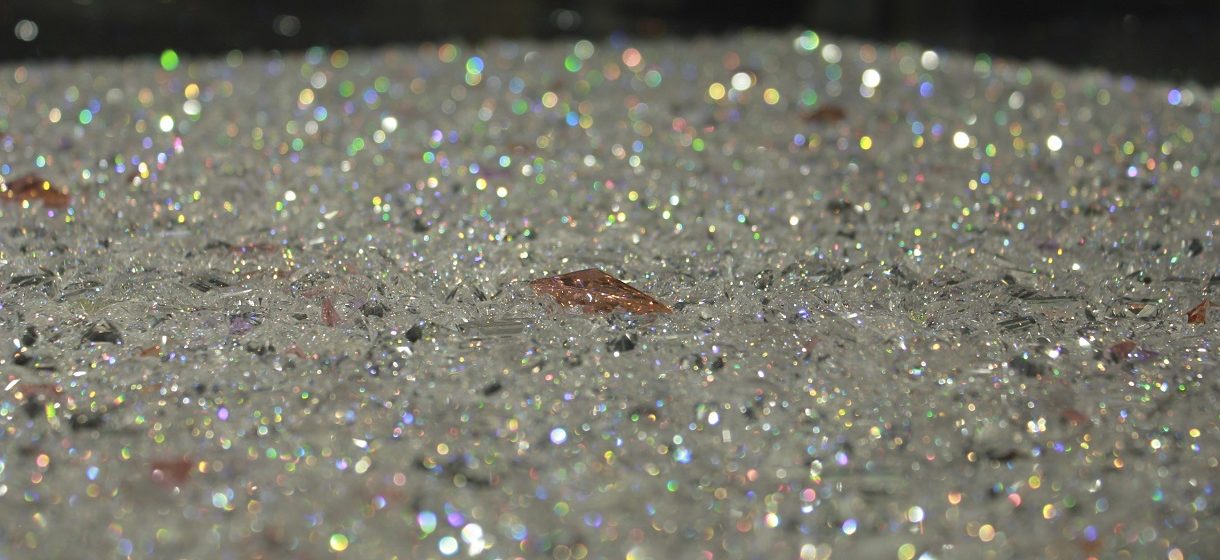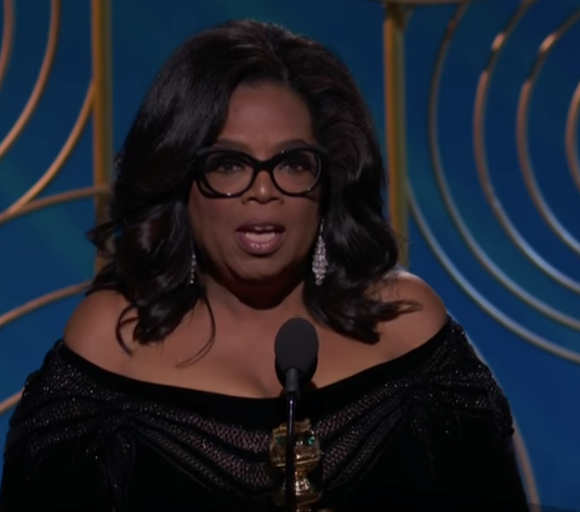Ocean’s 8 took top place at the box office on its opening weekend. With an ensemble cast of eight female actors and performers, the film appears to satisfy a demand for more diversity in Hollywood blockbusters, as well as proves the marketability of its formula. The reviews of the film describe this movie as “a frothy female-driven caper” focused on “female pleasure, in luxury and beauty,” which brings us into the “delights, and depth, of girly culture.”
Yet, despite the unconventionality of a female dominated cast, the film’s combination of jewelry, fashion, and glamorous criminality continues a long tradition associating the female body with ornament and by extension tying femininity to deception, greed, and immorality. These supposedly fundamental female characteristics have been used over the millennia as reasons to keep women out of the public sphere and away from the centers of power.
Jewelry is not just innocent fun, but the ultimate scapegoat to differentiate rational and virtuous men from frivolous and untrustworthy women.
From early classical Greece onward, women have been associated with fashion and artificiality, seen as dangerous and deceptive. In classical art, the female body is usually covered in fashionable and elaborate clothing, jewelry and hairstyles, yet male heroes who embody duty, honor and patriotism are nude. Plato mistrusted feminine cosmetics, because of their ability to mask one’s character or social station, while in ancient Rome, virtuous married women like Cornelia dressed simply, rejecting jewelry and fashion, which were considered incompatible with the ideal domestic role of mother and wife. For the Romans, overt femininity was dangerous for society, and women were encouraged to eschew womanly superficiality in favor of “male” moral virtue.
While there is nothing innately feminine about fashion or jewels, Hollywood has persistently played with the association of women with jewels, specifically diamonds, in various ways over the years.
In the lead-up to the release of Ocean’s 8, the official trailer showed the film’s star, Sandra Bullock, talking to the parole board in the obligatory orange jumpsuit, with meticulously “un-groomed” hair and “no makeup” makeup. She asks for her freedom to return to a “normal life” while the trailer cuts to close-up shots of jewelry – huge pieces like the cartoonish jewels Marilyn Monroe toys with in her well-known and oft-quoted song and dance sequence “Diamonds are a Girl’s Best Friend.” In fact, in Ocean’s 8, the necklace itself, the “Toussaint,” becomes the ninth character in the film, alongside the eight women.
The irony of Marilyn Monroe’s song is that her character, Lorelei Lee, does not believe that diamonds are a girl’s best friend, rather the jewels stand for financial and social stability missing from the life of a working-class female in the post-war period. For Lorelei, diamonds are both literal and symbolic currency, rather than an object of adornment.
In her “Material Girl” music video in 1985, Madonna essentially remakes Monroe’s earlier song as parody and homage, exposing an old-fashioned system whereby men of means and power attempt to buy the attentions of the Madonna character within the video. But she no longer needs anyone to buy her diamonds, and instead welcomes the attention of someone who offers her handpicked flowers, which signify natural beauty and honesty.
In the 2001 film, Moulin Rouge!, Nicole Kidman’s character Satine, known as “the glittering diamond,” borrows from both earlier sources. While performing a mashed-up, almost sinister, version of “Diamonds are a Girl’s Best Friend,” she plays with diamonds on stage, the purpose of which is to create the ultimate spectacle to entice wealthy male customers to invest in the theater. Unlike Lorelei Lee, Satine’s goal is not to marry a millionaire, but to be “a real actress,” which she feels hinges on the financial success of the club.
Whereas these earlier films reject diamonds as an object of desire for the main characters, Ocean’s 8 exhibits a tired formula of “girly transcendence” through jewelry and a sexy criminality.
The film centers on a real fashion event, the annual Met Gala in NYC, and the “distinctly feminine” heist of a $150 million diamond necklace. The jewelry heist attempts to seduce a female audience with its fantasy of brilliant criminal masterminds who take their big score and move on to personal and financial fulfillment (boyfriends and families, businesses and adventure).
There is no doubt that strong ensemble cast of eight female actors is a good thing and even better that it has already been financially successful. Yet amid the #MeToo movement, can we truly think that a movie about women who steal an obscenely expensive diamond necklace at a fashion gala represents progress towards equality?
Perhaps we could understand the film as an example of third-wave feminism, which reclaims “girl culture” as a positive attribute. But it would be nice if Hollywood would offer its audience more than a one-dimensional look into a world of make-believe and try to shatter the glass ceiling with something other than diamonds.
-Kristin O’Rourke
Kristin O’Rourke is a Senior Lecturer in Art History at Dartmouth College Hanover, NH and a Public Voices Fellow with the OpEd Project.
Photo Credit: Eva Van Wassenhove















